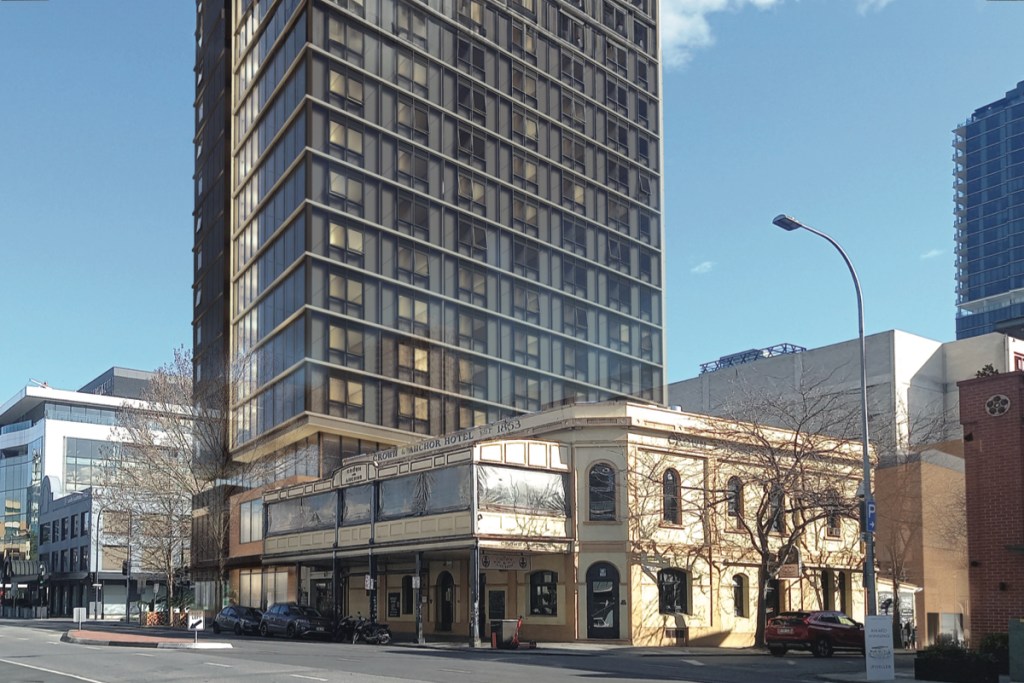Australia’s budget position $200bn better than forecast but slippages and ‘unavoidable’ spending loom

- by Admin
- December 17, 2024

The treasurer will highlight a $200bn improvement to the federal budget’s position in a mid-year economic update while acknowledging “slippage” caused by global uncertainty and unavoidable spending.
Despite the $200bn improvement, Labor is tempering expectations on the state of the budget ahead of an anticipated deficit in Wednesday’s update off the back of two full-year budget surpluses in its first term.
The update will show the federal budget’s position has improved by $200bn over the six years to 2027-28 on the pre-election economic update delivered in the final weeks of the Morrison government.
It will show debt is $177bn lower in 2024-25 than what was forecast in April 2022, which will result in an estimated reduction of $70bn in interest costs over the decade.
But “slippages” – such as a reduction in mining exports of more than $100bn over the next four years and “unavoidable” spending – will set back the recovery trajectory of future budgets with a series of annual deficits on the horizon.
The treasurer, Jim Chalmers, said in a statement that the budget position is “cumulatively $200 billion better than what we inherited, even with some slippage as a result of global uncertainty and unavoidable spending on things like veterans’ payments and Medicare.
“Despite growing pressures … the mid-year update will show a big improvement in the bottom line since the election.
He said Labor had made “welcome progress in getting the nation’s finances on a more sustainable footing, but it will take more than one term to make up for nearly a decade of economic incompetence under the Liberals and Nationals.”
On Tuesday, Chalmers revealed payments for the NDIS scheme – a key budgetary pressure – have decreased by $1.4bn since the May budget over the four years from 2024-25 as a result of changes to the scheme.
The May budget papers revealed the NDIS actuary in December 2023 estimated payments to the scheme would increase by $15.9bn from 2023-24 to 2027-28.
The papers forecast changes to the scheme would reduce that figure by $14.4bn over the next four years, bringing the increase down to just $1.5bn.
The NDIS minister, Bill Shorten, announced a $1bn funding boost would be included in the mid-year update to help the agency running the scheme prepare a new assessment model for determining participant needs and budgets.
after newsletter promotion
The finance minister, Katy Gallagher, said she remained confident Labor could get the ballooning size of the $45bn scheme financially back on track, adding the “early signs are pretty pleasing”.
“The reforms that were outlined are working,” she said on Tuesday.
The update will also include a total of $14.6bn of additional savings while racking up $8.8bn of “unavoidable spending”.
Gallagher blamed the $8.8bn bill on the former Coalition government.
Chalmers sought to head off opposition criticism about the state of the budget on Tuesday, warning without evidence they would cut key programs in office.
“When the Coalition says that this is overspending, what they really mean is they’re coming after Medicare and medicines and pensions,” he said.
The shadow treasurer, Angus Taylor, said Labor’s update would show it had driven the budget “off the cliff”. If elected, he said the opposition would rein in spending with different energy, housing and manufacturing policies.
The Latest News
-
December 19, 2024The one thing I never knew about going to the Australian Open as a parent
-
December 19, 2024A trip to Scotland flicked the switch for Buchanan | Inside Golf. Australia’s Most-Read Golf Magazine as named by Australian Golfers
-
December 19, 2024Women’s Mentor Program seeks community coaches and officials to drive positive change
-
December 19, 2024Cranker development owner makes student accommodation ‘exit’ – News | InDaily, Inside South Australia
-
December 19, 2024Cruz Hewitt, son of Lleyton, receives Australian Open qualifying wildcard



